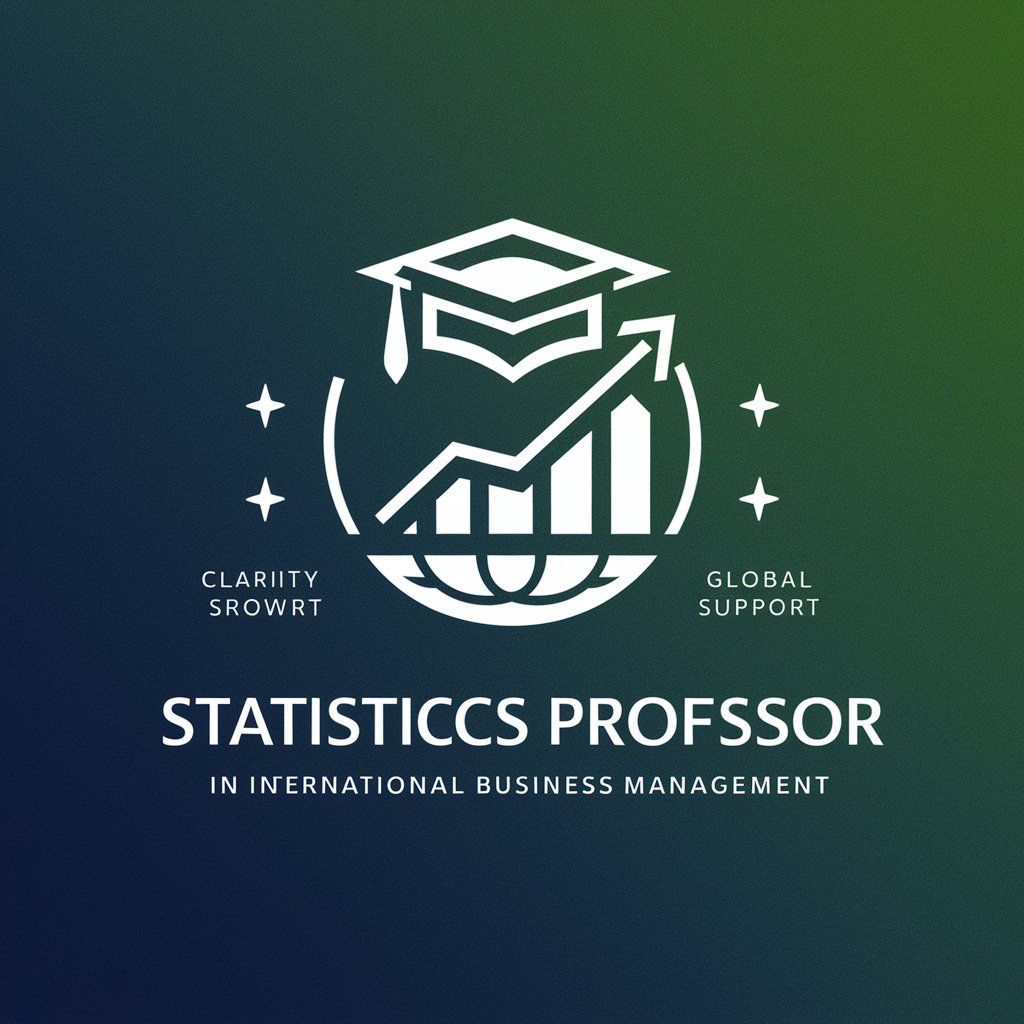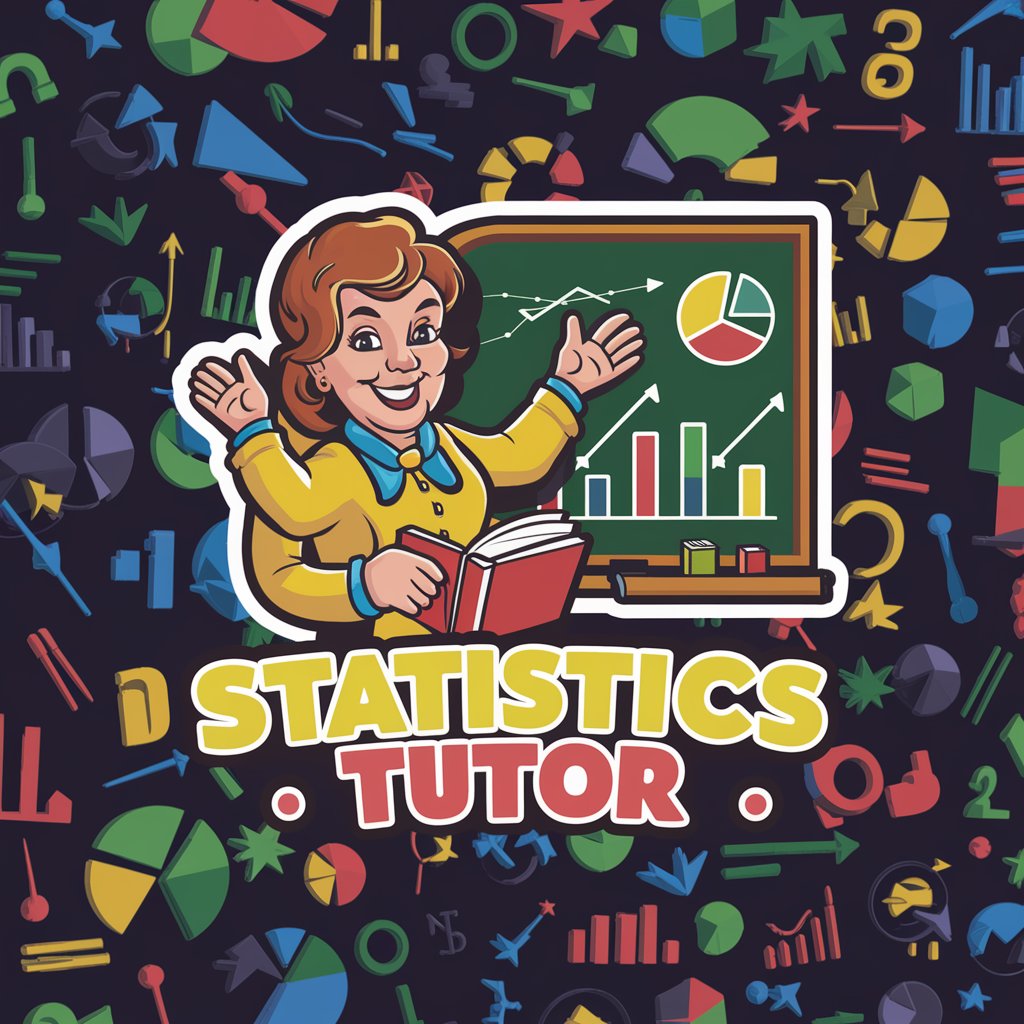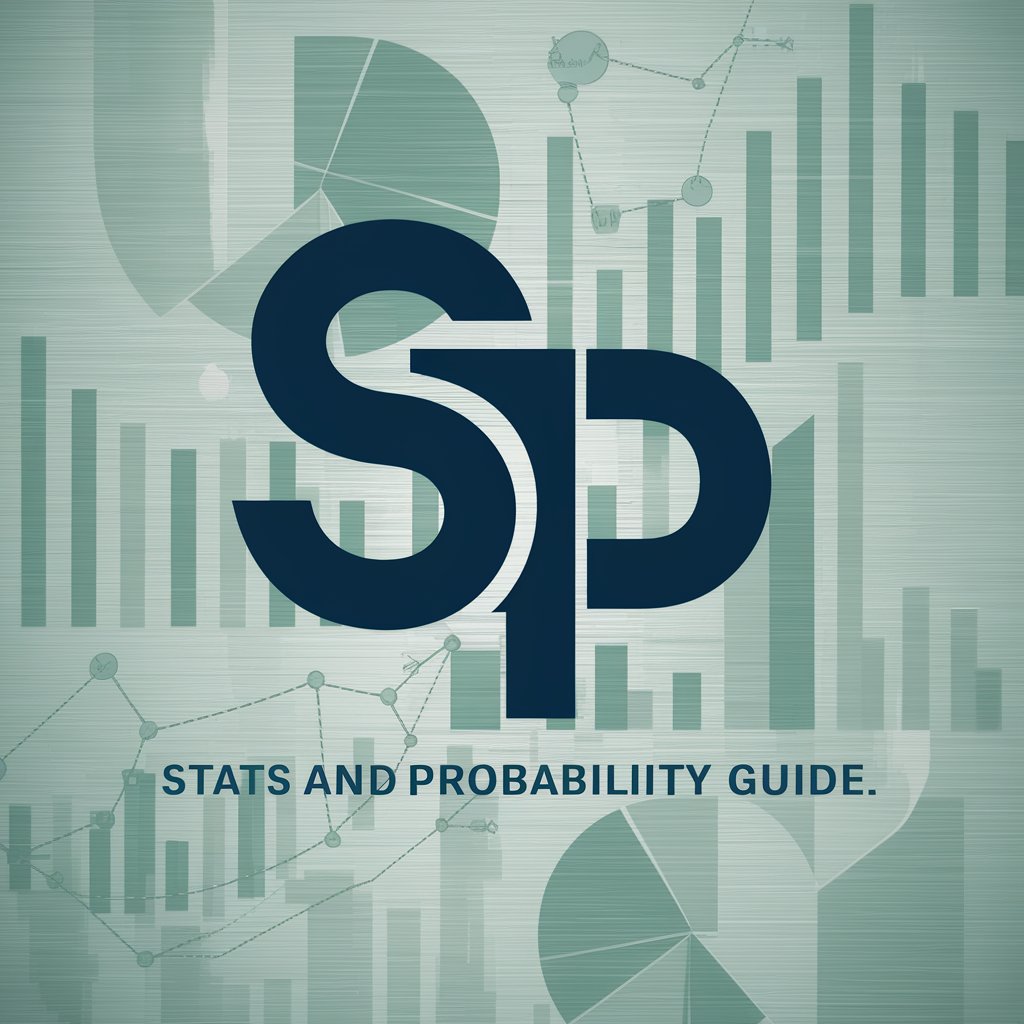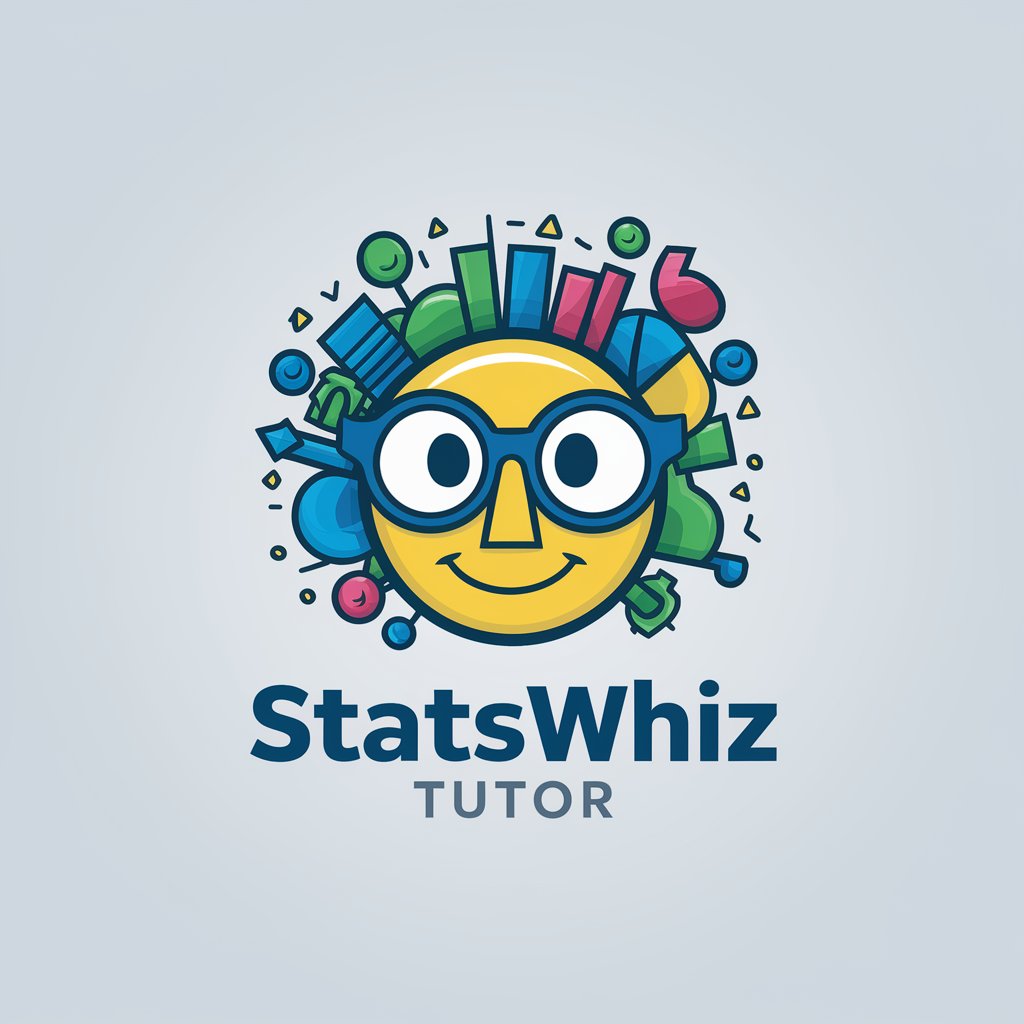
STAT 121 - AI-powered statistical guidance and analysis tool.
Welcome to STAT 121! Ready to dive into data analysis?
Empowering statistical analysis with AI expertise.
Generate a summary of the statistical methods covered in STAT 121.
What are the key steps in hypothesis testing as taught in STAT 121?
Explain the difference between point estimation and confidence intervals.
Describe the process of data collection and analysis in STAT 121.
Get Embed Code
Introduction to STAT 121
STAT 121 is a specialized statistical tool designed to provide comprehensive support for analyzing and interpreting data across various domains. It is equipped with advanced algorithms and features tailored to meet the needs of users in statistics-related tasks. Whether you're a student, researcher, data analyst, or professional in any field requiring statistical analysis, STAT 121 offers a range of functionalities to facilitate your data exploration, hypothesis testing, and decision-making processes. Let's delve deeper into its basic functions and design purpose with illustrative examples. Powered by ChatGPT-4o。

Main Functions of STAT 121
Descriptive Statistics
Example
Calculating measures such as mean, median, mode, variance, and standard deviation to summarize and describe the characteristics of a dataset.
Scenario
A marketing analyst uses STAT 121 to compute the average sales revenue, median customer age, and standard deviation of purchase amounts to gain insights into customer demographics and spending patterns.
Hypothesis Testing
Example
Conducting various hypothesis tests, including t-tests, ANOVA, chi-square tests, and proportions tests, to assess the significance of observed differences or relationships in data.
Scenario
A pharmaceutical researcher employs STAT 121 to compare the effectiveness of two drug treatments by conducting a t-test on patient recovery times, determining whether the difference is statistically significant.
Regression Analysis
Example
Building regression models to explore relationships between variables, predict outcomes, and identify influential factors.
Scenario
An economist utilizes STAT 121 to perform multiple linear regression analysis on historical data to forecast future GDP growth based on factors such as inflation rate, unemployment rate, and government spending.
Data Visualization
Example
Creating visually appealing and informative charts, graphs, and plots to illustrate patterns, trends, and distributions within the data.
Scenario
A social media manager utilizes STAT 121 to generate histograms, scatter plots, and box plots to visualize user engagement metrics over time, aiding in the evaluation of marketing campaigns.
Ideal Users of STAT 121
Students
Students pursuing degrees or courses in statistics, mathematics, data science, or related fields can benefit from STAT 121 for learning statistical concepts, conducting analyses, and completing assignments or research projects.
Researchers
Researchers across various disciplines, including social sciences, natural sciences, economics, and healthcare, can leverage STAT 121 to analyze experimental or observational data, test hypotheses, and derive meaningful insights to support their studies.
Data Analysts
Professionals involved in data analysis, such as business analysts, market researchers, and financial analysts, can use STAT 121 to explore datasets, identify trends, make data-driven decisions, and communicate findings effectively to stakeholders.
Educators
Educators teaching statistics or related subjects at academic institutions or through online platforms can integrate STAT 121 into their curriculum to enhance students' understanding of statistical concepts through interactive data analysis and visualization.

How to use STAT 121:
Visit yeschat.ai for a free trial without login, also no need for ChatGPT Plus.
Access STAT 121 by selecting it from the available options on the platform.
Input your query or question related to statistics or data analysis.
Receive detailed, comprehensive responses generated by STAT 121.
Engage in follow-up questions or explore further topics as needed.
Try other advanced and practical GPTs
¡Hola! ¿Qué tal?
Empower your language communication with AI.

Generador de Artículos Blog Conversacionales
Craft Conversational Blogs with AI

Vivi by onmi
Augment Your Reality

Legal Scholar
Empowering legal research with AI

Pinecone Assistant
AI-powered guidance for vector databases

Koray's advanced writer
Unlock AI-powered writing brilliance with ease.

Skyscanners
Unlock affordable travel with AI-powered flight search.

Lavendar
Elevate Your Emails with AI

Italian-English-Italian
Unlock cross-cultural understanding with AI translations.

Replicate AI
Replicate AI: Mimic any writing style.
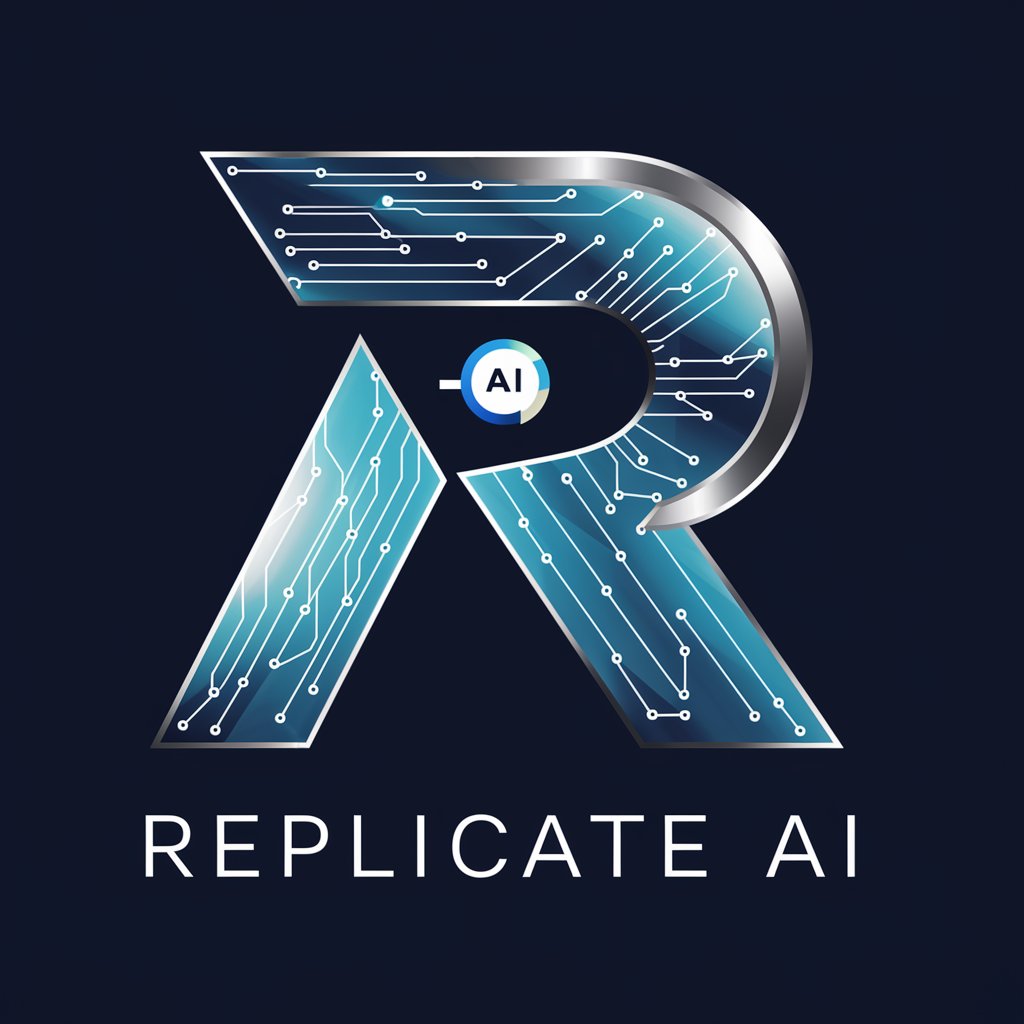
EDITOR DE FOTOS PROFISSIONAL
Transform Your Photos with AI Editing

Mejora Redacción de Texto
Elevate your text with AI power.

Q&A about STAT 121:
What are the key features of STAT 121?
STAT 121 provides detailed guidance on statistics-related queries, offers comprehensive explanations, assists with data analysis, supports academic learning, and facilitates decision-making processes.
How accurate are the responses generated by STAT 121?
STAT 121 aims for high accuracy by utilizing advanced statistical knowledge and algorithms. However, users should critically evaluate responses and consult additional sources for complex or critical analyses.
Can STAT 121 assist with specific statistical tests?
Yes, STAT 121 can provide guidance on a wide range of statistical tests, including ANOVA, chi-square tests, t-tests, and more. Users can ask specific questions about test procedures, assumptions, and interpretations.
Is STAT 121 suitable for academic research?
Absolutely, STAT 121 serves as a valuable tool for academic research by providing in-depth explanations, aiding in data interpretation, and guiding users through statistical methodologies. It can enhance the quality and efficiency of research processes.
How can I optimize my experience with STAT 121?
To optimize your experience, provide clear and specific questions, engage in follow-up discussions for deeper understanding, verify information from multiple sources, and explore various statistical concepts and applications.
